Jesse Burke/ Wild & Precious
Heidi: You were named by Time Magazine as one of the of top instagram photographers to follow, when did you start your Instagram practice?
Jesse: Social media in my photography practice started back with the advent of Instagram in 2010. I had initially decided that I was going to use my Instagram account as a way of sharing personal photos only with my friends and family. Very quickly, my clients got wind of it and really liked the images. We then started having conversations about what it all meant. It was exciting and new for everyone; this, of course, shifted my thinking about how I could organically use Instagram and social media in general by applying my personal aesthetic. This is something that I strive to keep true throughout my postings, whether personal or commercial.
Jesse: Just because you have an iPhone and a social media account doesn’t mean you are a photographer. How has the iPhone shaped your craft?
When I started shooting with my phone as a secondary source I realized that my voice was still there in the images, even though the intent of the picture making process was a little bit different. I think over the years this has influenced my outlook on how I perceive myself and shifted my vision in my work. I think what sets me apart from other photographers is that vision. I stay very true to who I am as a person and that guides the picture making practice. In my case this means being a husband/dad first, artist/photographer second, and nature lover/farmer guy third.
How has your phone made you a better photographer?
Since I was academically trained as an artist, all of the practices that I was implementing into my artwork were very quickly falling into my social media channels and my commercial photography. I believe the strength of my voice comes from my art making background. Initially, I made a very concerted effort, and still do, to “keep it real” as much as possible. To be myself and not swayed by outside forces. I will post pictures through social channels that I really love regardless of their content. Sometimes they may seem a little silly but they’re important to me and I simply like them. That’s the approval process. There’s a lower bar for what I think is acceptable on my social channels, which allows me to be much looser in terms of my editing and shooting practices. I think this has expanded my outlook on how my photography can be approached and has strengthened my abilities as a photographer.
Do you feel this notion of the skill needed in being a photographer is undermined by technology?
I don’t. I believe it’s actually accentuated. Skill is a complicated word. Does it refer to one’s ability to control the tools or to have a unique vision? Both? I often think in a pretty conceptual or metaphysical way about photography. I trust my gut. I’m not sure I would call that skill, although one certainly needs a lot of skills to be a photographer, no doubt. For me the technology has really helped me by allowing me to have better pictures; sharper and higher quality images, a looser approach, and in the end more balance to my work. I think the quality of the camera, whether it be an iPhone or the Canon digital I use, is so good now that every picture can be technically fantastic. So the skill part comes back to the concepts and execution of the ideas in my opinion and I’m not sure technology harms that. I’m thankful that digital technology supports me and allows me the ability to create conceptual art pieces from my iPhone that I can show in the gallery setting and place into museum collections. Back when Instagram started I would never have imagined that the photos on my feed would live in museum collections. This still blows my mind.
Let’s circle back to vision, what is yours?
If everybody has great files then it’s the artistic vision and aesthetic that’s going to allow the cream to rise. Originality is key in a world where authenticity is paramount. I see a lot of inauthenticity, especially on social media. Trends will ebb and flow and we as connoisseurs can get swept up in that. It’s nature and it’s not terrible, but I think holding on to your version of authentic can be your best asset. My artistic vision is just my version of how I see the world. My vision is dependent on my priorities, my family, the well-being of the planet, nature, animals, and art in general. If I had to be specific I would say my vision is that of a thoughtful, but wild, environmental portraitist looking for ways to connect my subject to the landscape and light. Ideally, something real and considered yet gritty and raw.
How do you stay authentic to yourself and your work?
I stay authentic to myself and my work is just by embracing what’s around me. I know that sounds cliché but if you look through my social media channels you will see that I’m just a guy living on and appreciating the land for all it’s worth. I have a little farm with my family (3 kids, 10 chickens, 2 ducks, 1 dog, and 1 pet skunk, as well as a various assortment of rehab animals coming in and out) in Rhode Island and we do all kinds of amazing things out in the wild together. We are explorers and we are open to what’s in front of us. Being open to the magic around you is such a huge part of the journey for me. I go about my life paying close attention to and documenting these things, and that has become the makeup of who I am as a person and photographer. There’s no space for lack of authenticity when you’re working in conditions like that.
You use your work as a diary, how are you archiving this and do you have broader plans for family posterity?
I do use photography as a diary of sorts, constantly documenting the events in my life. Sometimes that’s shooting art projects in the deep woods of Maine, sometimes it’s at the dining room table at breakfast with the girls, and sometimes that’s on a set shooting fashion models or Ford cars. I think as you live with my work you start to see how it all gels together and in the end, it becomes the authentic version of who I am as a person and inevitably as a photographer. It’s all over the place and that is my favorite part. My creative partners, whether they’re art directors, photo editors, or social media experts, are sophisticated and can see how my particular version of authenticity can play into what they need for their clients. Sometimes it’s an obvious direct hit and sometimes it takes courage and a bigger leap. As far as family posterity is concerned, part of my larger goal in life is to teach my kids how to be aware of the magic I mentioned in the previous question. The journey to appreciate and acknowledge that is what guides this ride we’re on. Hopefully my girls will grow up to aware of what’s around them and brave enough to interact with it. Photography is one of the vehicles I use to ensure this happens.
What do you feel is your particular gift as an artist and when did you realize this?
Ultimately, I think my strength is in storytelling. Any project I approach, whether personal or commissioned, I try my damnedest to tell the whole story. This originates from my time at RISD attending graduate school. I started making work that truly explored a given concept from micro to macro. I was shooting landscapes, portraits, and still lifes that all spoke a common language and told a single story. Once I finished my thesis project, Intertidal, I realized that this methodology was working for me and I kept at it. This is exactly what I do for my clients because it’s the only way my mind works and it’s the best way for them to use me. Sure, I can take a single portrait of any given subject, such as a farmer. But I would much rather shoot the farm, the farmer, the farm dog, the produce, the soil… the details. I love the minutiae. The whole truly is greater than the sum of its parts. I want my photographs to elicit a genuine response to how amazing a situation is, to tell a story and share the narrative visually. A friend recently introduced me to this amazing quote from writer John Lubbock, “The Beauties of Nature and the Wonders of the World We Live In”that really sums up how feel about my approach, “What we do see depends mainly on what we look for. … In the same field the farmer will notice the crop, the geologists the fossils, botanists the flowers, artists the colouring, sportmen the cover for the game. Though we may all look at the same things, it does not all follow that we should see them.” I try to be them all.
What has documenting your daughters taught you about your craft?
I’ve learned a lot of valuable lessons over the years by collaborating with my daughters. The first has to be acquiring some serious patience, something I innately lack. When I first started shooting with Clover, about 6 years ago, I realized this was uncharted territory for me. The way I had shot images up that point was slowly and carefully, working in a seemingly “adult” way. That wasn’t going to cut it with the kids. I had to get a grip on the fact that finding patience would allow me to get what I needed and wanted. Also, I realized very quickly that I wasn’t solely in charge. Once I let go of some of the control and allowed them to be themselves, and stop being a director, barking orders, the images became so much better. I now approach photography from a much more fun, almost childlike, way. I try to think of shoots from all perspectives, both still and moving, calm and chaotic, adult and childlike. The kids forced me to break out of my formal comfort zone. Obviously, becoming a father changes you at the core, but strangely it took me turning my camera on them to realize this. I want to see them smiling and crying, proud and wounded. I try to be very aware of all of these scenarios as they are happening. It’s hard to do, but many times you just have to be there. Being present is half the battle.
How did Wild & Precious come about and how have you grown professionally from that project?
Wild & Precious originated from a road trip that I took with my oldest child to explore and document the New England landscape and in the fall of 2010. Very quickly I realized that I was on to something and this might be my next personal project. Personally, I was growing as a parent and photographer while I worked on this project and naturally it spilt into my professional career. I have become this environmental portrait photographer/nature dad by way of Wild & Precious. Once I realized that was happening the road trips became a priority for us personally and it became important for me professionally to document it all. The project has allowed my work to really grow in ways that I never expected. I couldn’t be happier with where I am as a professional and I owe a lot of that to being that nature dad. Now I find myself working very specifically for clients to make work that was spawned from Wild & Precious. We recently worked on a children’s hospital commercial project that was about showing the strength and vulnerability of children. This is exactly what I am interested in my personal work so it was a dream to create those types of images for clients.
Commercial clients are now doing more branded content with a hint to editorial, blurring the lines. What projects have you shot that fit this authentic storytelling?
This summer I worked with Fatherly.com to photograph a version of Wild & Precious for L.L. Bean. We collaborated together to create images that tell the story of “A Classroom In Nature.” This is at the core of everything I believe in both personally and professionally. It was a perfect collaboration and I couldn’t be happier with the results. Most recently I worked with Honda to travel around and document what it means to be a father in the US. I got to meet and photograph a wide variety of dads and their children. This was an incredibly eye opening project that jives perfectly with all of my personal and professional goals. It was unbelievable to get out there on the road and bond with these families and shoot pictures of them just being themselves. It was beyond rewarding and constantly forced me to assess my own views on fatherhood. I should also mention that the Wild & Precious film was my first foray into filmmaking and I am now completely addicted.
Who are you represented by and why did you choose them?
I am commercially represented by Tea & Water Pictures. It’s a relatively new signing for me, as of this past winter. I chose to go with Tea & Water for many reasons but ultimately it was because of their sustainability message that won me over. They want to do good things for the Earth and tell amazing stories. That is what my life is all about! It’s a perfect match up and we’re already doing great things together. I couldn’t be happier. It’s a real privilege to work with people who appreciate you on all levels, both artistically and personally. We’re bound for great things and I’m excited about the journey forward!
Are you your own photo editor? If so what is your approach?
I am my own photo editor. In terms of an approach, I always want to tell a meaningful story. Telling a rich story has always been the back bone of my approach to photography. I try to think about the narrative from all ends. I will include wide shots, medium shots, and tight shots in my edits. I will use portraits, landscapes, and still lifes as a way to show a whole story. I usually try to say something about strength and something about vulnerability, as I stated before. I love how opposing forces can feed off of one another. I like to think of my photographic approach to editing as a sliding scale from black to white. You need some black, some white and inevitably a lot of grey. The idea of curating a viewers experience is really exciting to me. The edit of my Wild & Precious book is one of the things I am most proud of. I suffered through that process but in the end, it came out perfect. It was so important that the images relate to one another in just the right way so that when you flip the page the connections make sense and gel. The book form is in many ways an idealized state of the work for me. It’s a curated collection of all my thoughts and dreams come to life presented in just the right way so we are on the journey together.
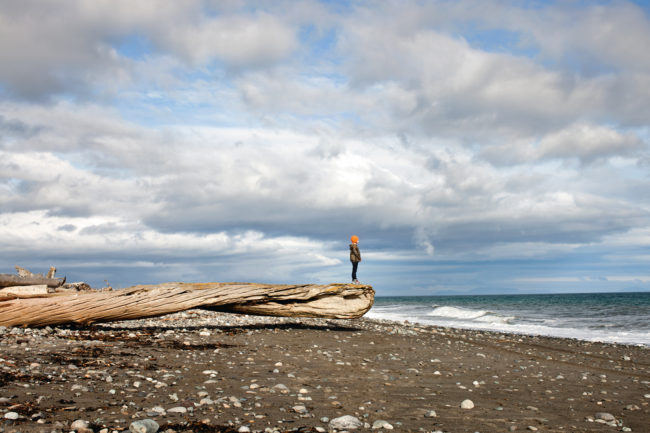
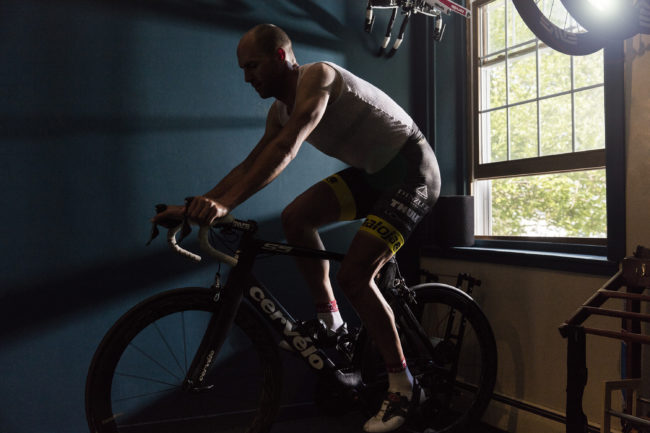
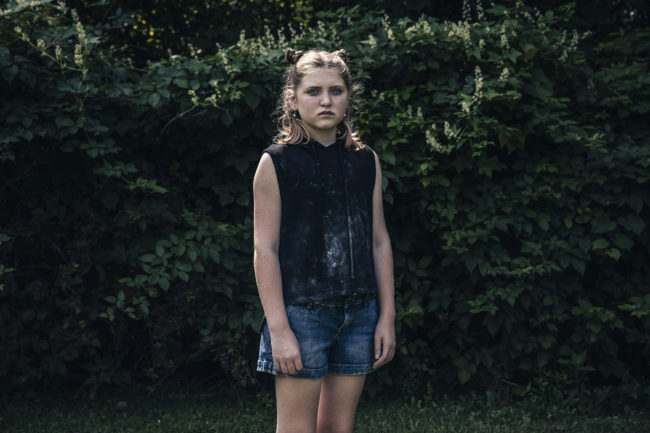
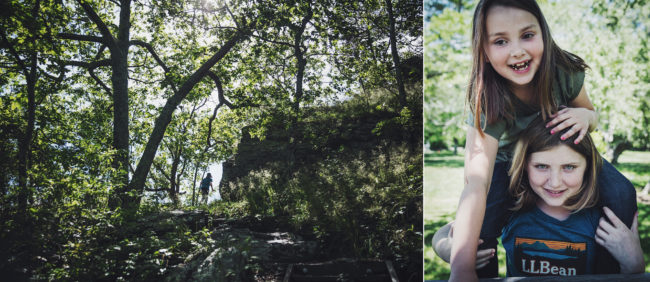
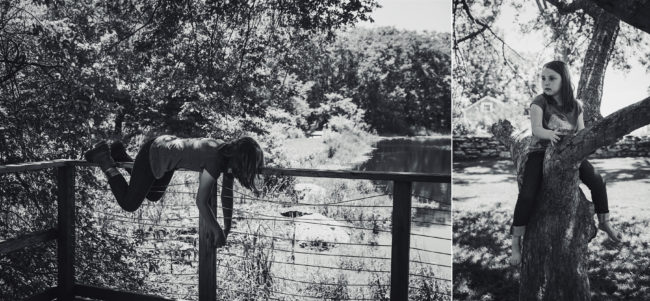
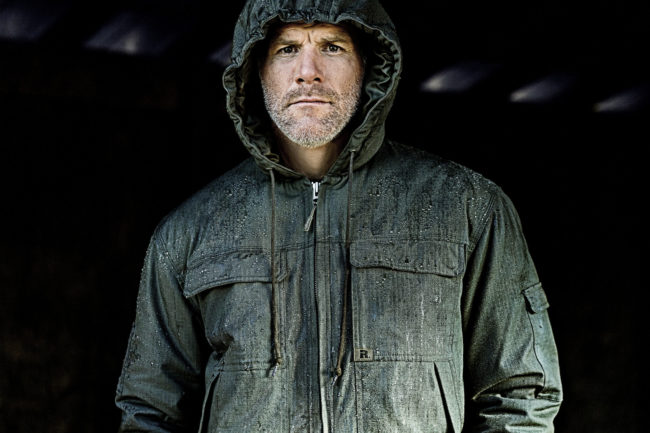
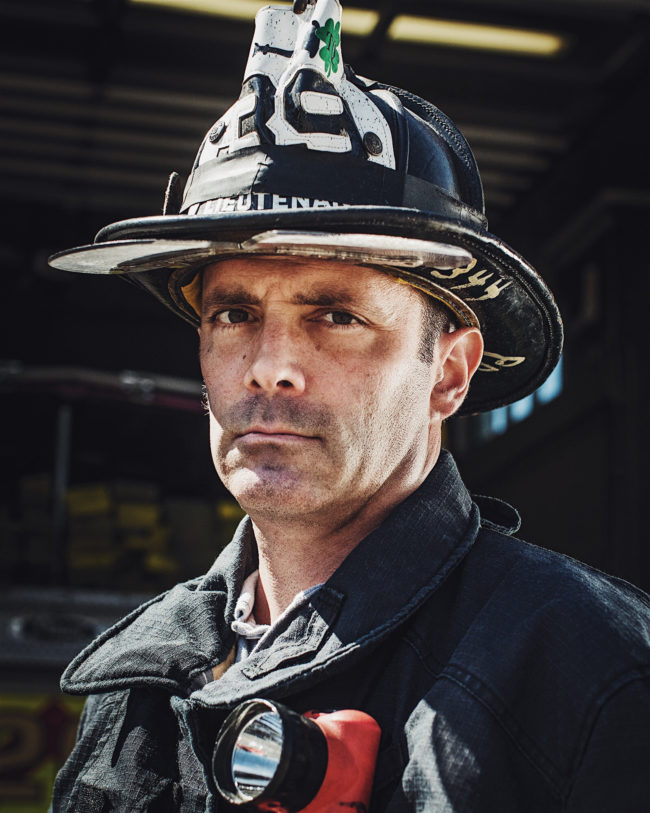

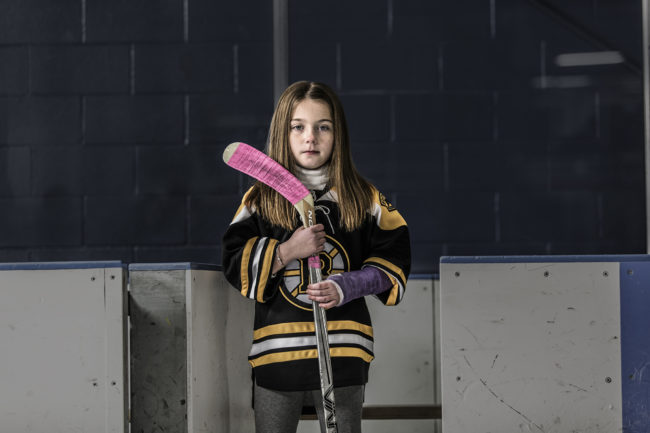
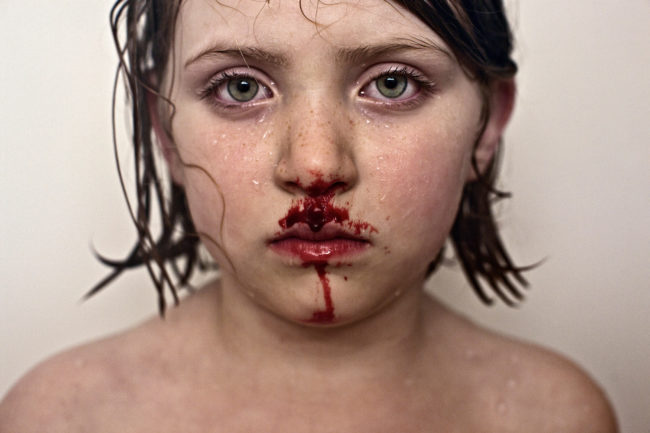
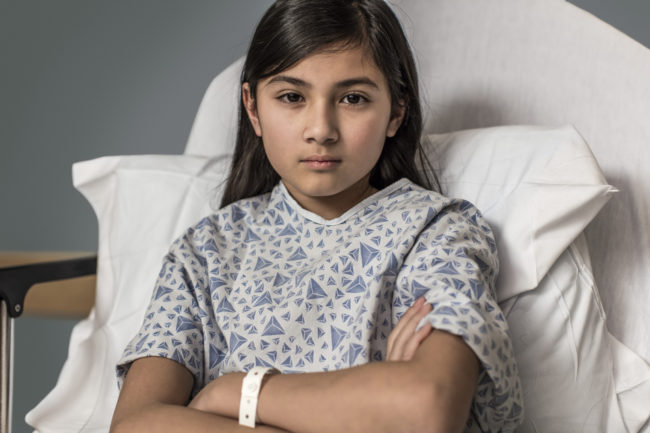
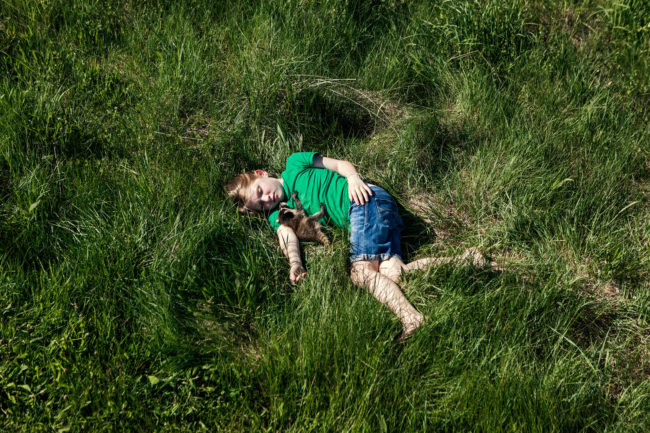


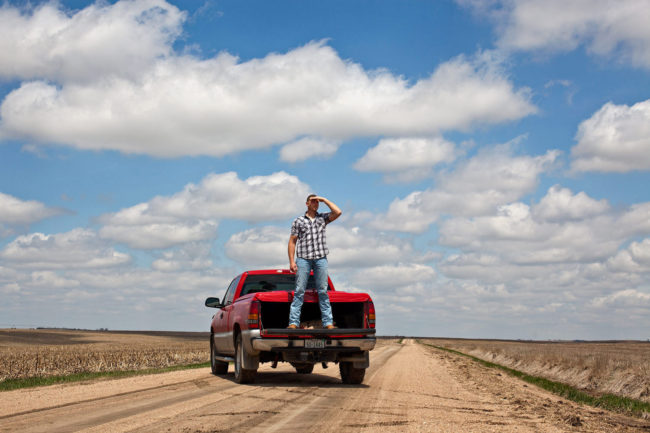
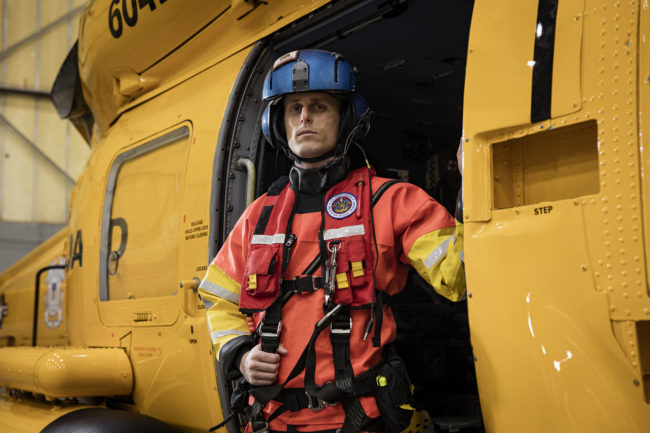
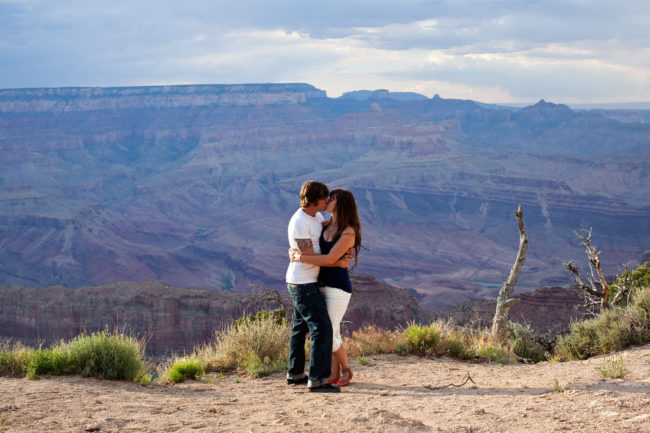

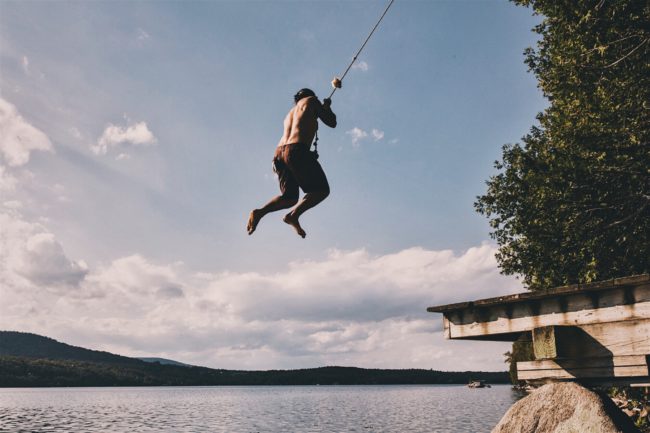
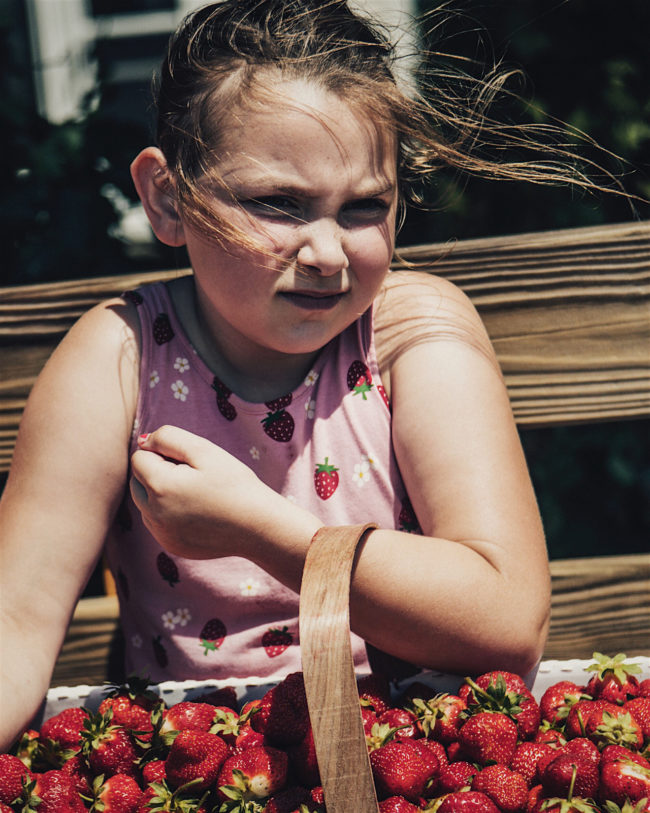
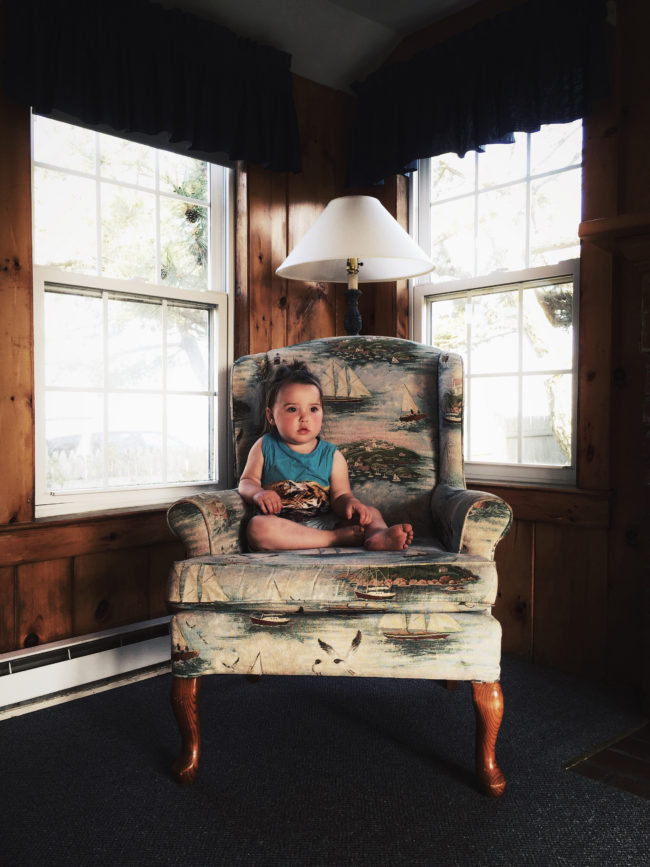

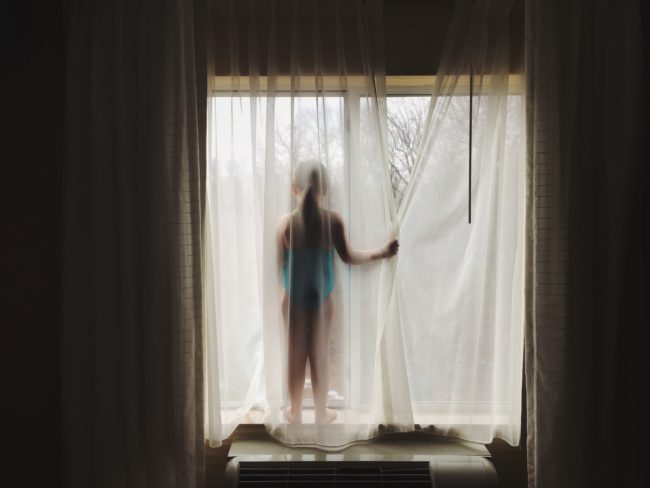
5 Comments
Great story. Great work.
Jesse’s vision and authenticity are inspiring! I truly appreciate the intertwining of art and skill to create stories that resonate. I am moved by the imagery here, and the film as well. Thank-you for introducing me to this artist!
Thanks again to you, Heidi, and of course Rob & APE.
Great interview Heidi and thanks Jesse for you candid, interesting, and inspiring answers. You now have one more Instagram follower…
Thank you Heidi and Jesse. This was very helpful.
Comments are closed for this article!